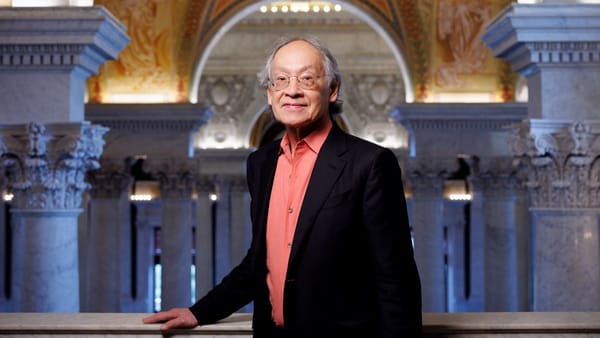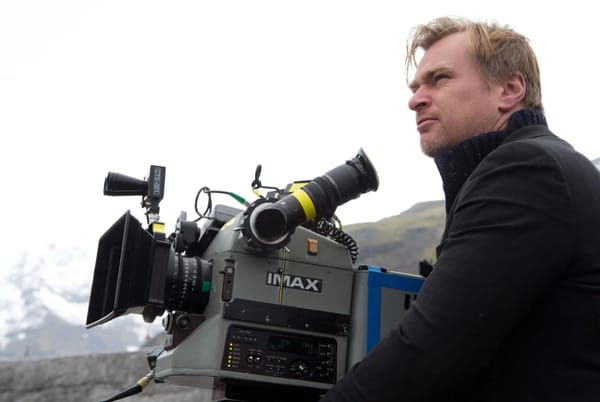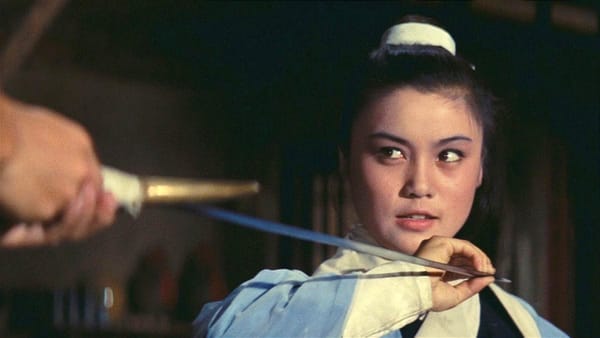That's Sick.
When D.H. Lawrence wrote, "we wear the masks that grin and lie," he was not prophesying about the pandemic, but he might as well have been.

2020 came like a lightning strike into most of our young lives. 16 at the time and only having casually flirted with serious illness, the concept of staying inside and away from the mean people at my high school sounded fantastic to me. That opinion has of course aged like milk. With a new sociopolitical awareness of what sickness means not only for our individual bodies, but also for the bodies of our friends and neighbors, American, specifically Southern North American, culture has gained a flavor of indifference towards what illness means literally, and now skews more towards what illness signifies in the disease burdened body. As a Texas girl born and raised, the mask makes a special case study of how sickness, or the desire to prevent it, becomes a marker for moral failure or success, and thereby, shows what we think about the qualities of the illness we wish to prevent or avoid. These "illness qualities," are importantly not the illness as it appears in symptoms, but rather how it determines the kind of person you are, to either be sick, or be willing to get sick.
A quick anecdote: I was standing behind the Square Space cash register at a customizable designer soft serve cafe inside of a premier sports complex. The day, Saturday, the weather, mild and unremarkable. The customer entered, passing by the sign at the front of the shop which declared our policy: "We cannot serve anyone who enters without a mask, but will give masks to anyone who wishes to be served." She was of average height and build, neither towering over me, nor causing me to lean down in order to address her. Thus, I felt neither intimidated nor intimidating to her, at least, not any more than I ever feel intimidated while working food service. I mentioned to her, off hand, that we could not serve her without a mask, but that I would be happy to give her one to wear while she ordered and waited for her order to arrive. Most people ate outside anyways, especially when our line almost trailed out of the doors. She refused, claimed discrimination, sat on a neon orange barstool, and informed me she would be calling the sheriff on me. She was not calling a lawyer, the police, or even a city council member. She was calling the sheriff. In the end, she received her service with no mask, and left the establishment. I believe she left a Yelp review. I would say it did not bother me, but it has been almost 6 years, and I still think about her.
Now, I study illness and its connection to societal ills and upheavals in a literature course at my university. I am reminded again of this woman, who never apologized, never worried about spreading illness, and never troubled herself that she would find herself ill. Had I known about the existence of the medical humanities at the age of 16, I would have had more of a logical paradigm in which to express myself. Now that I have access to this material, I feel it necessary to discuss and bring to light what has so deeply impacted me in my privileged experience in higher education.
The Art Newsletter
Creativity. Culture. Community.
Unlock independent analysis trusted by curious minds worldwide become a paid supporter and get access to our full content library. Every Thursday, we send a carefully curated drop of stories, tools, and creative insight for the next generation of artists, musicians, filmmakers, designers, and thinkers.
Join a global community of readers who never settle for surface-level stories.
In the 1995 film, Safe, Tod Haynes tells the story of Carol White, an upper middle class white woman living in a suburb of Los Angeles, who begins to feel unwell in a vague way, which of course, the doctors cannot pinpoint or explain. She eventually joins a community in New Mexico committed to unburdening themselves of an overload of environmental toxins. Carol White, as Nicole Seymour writes in her analysis of the movie, is constantly surrounded by people who have fewer advantages and privileges than she does, and yet, she is the one depicted as suffering, often at the detriment of other people around her. In this way, Carol straddles the line between a pitiable person who has fallen mysteriously ill, and an unfeeling woman, overdramatizing an illness which is prevalent in more people, probably less affluent, straight, and white people, those people whom she employs or requires to do labor for her. Seymour categorizes the film as "queer" in that it does not follow traditional story arcs, the kind that feature heterosexual drives to reach a climatic and satisfying ending through tension that is eventually resolved through release. Instead, the movie supplies little in the way of resolution, in fact leaving the main character ambivalently and possibly worse off than she was at her ostensibly "lowest" point in the movie's plot. White never heals or gets safe. However, the theory that Seymour posits is that she may not need to get safe because it is not really Carol who is the person at risk, but rather, all of the marginalized people on the edge of "her" story. Often viewed as an allegory for AIDS, Safe, according to Seymour, takes advantage of Carol's whiteness and wealth to make it impossible for her to have AIDS. Since AIDS is typically associated with marginalized, less well off, and heteronormative peoples, when the impression is given than though Carol could have AIDS, the idea is never explicitly toyed with. This reinforces the way in which it is the people on the outskirts of the movie, her maid, her hairdresser, and her laudro-mat clerk, who would really be the ones called "at risk," because Carol is not a victim in this story. She is the vehicle through which we realize that often, the only way to see the true problem of an illness is to realize whom we would never suspect of having it.
Since illness is so often associated with some kind of ostracism, either social, classist, or racialized, Carol is not suspected of having AIDS, something which would place her among those whom she stands above in the film's hierarchy. She worries about getting sick, about not being safe, but she does not worry about getting others sick, and she does not consider that her sickness might be the kind that could spread to others or be an ostracizing sickness. Viewing this film only recently, I was reminded of the woman with the mask in the soft serve cafe, nearly 6 years ago now. This woman was well connected, confident in her rights as a human being, and unafraid of inconveniencing anyone else in the cafe. She felt safe, but worried about no one else's safety, even as my coworkers and I attempted to accommodate her every need. In her refusal to put on the literal mask that we offered her, she donned another mask, one that displayed a laissez faire complacency to her own health and the health of others. She smiled at the threat of a sickness that only threatened her inalienable rights as an American citizen in the U.S. South. She lied to herself about her vulnerability and the vulnerability and rights of those people around her. If others got ill, if they were not safe, it was because they were not like her. She was not a part of that group that dealt with such problems. Like Carol White, she did not even need to consider the possibility that she could be a victim or a victimizer.






